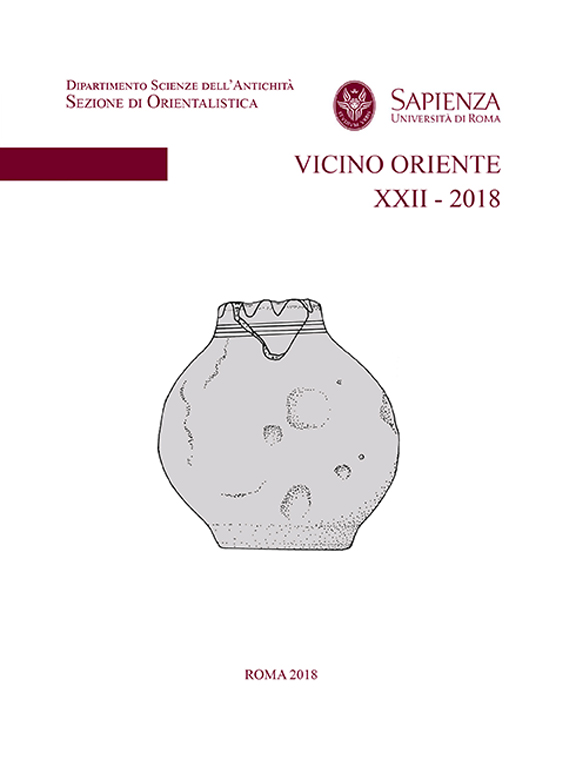Abstract
When after the Oslo and Madrid agreements the Palestinian National Authority was established it
was also provided of a Ministry of Tourism and Antiquities – Dept. of Archaeology and Cultural
Heritage (MOTA-DACH). At that time, Sapienza University of Rome was chosen as ideal partner to
start a new deal in the archaeology of Palestine. By contrast with an enduring colonial tradition,
which foresaw a full demission of responsibility by means of the “excavation permit” given by the
Host Country to the European or American digging institutions, a new project was set up at Tell esSultan, ancient Jericho, one of the most long-lived human settlement in the ancient Near East, based
upon an “Agreement on cooperation”, with which responsibilities and commitment to investigate,
protect and rehabilitate the site were shared. The new project started in 1997 and is still continuing
(13 seasons on the field have been carried out), the joint team works together as a unique team, and it
has been engaged in transforming what was an almost unintelligible ruin into a prominent
archaeological site, concealing the memory of some major steps of the Humankind, from the
beginning of agriculture and animal breeding in the Neolithic (10,500-6000 BC), to the invention of
modular architecture, the rise of the earliest city with the establishment of an urban model in the 3rd
millennium BC. No other Institution or Country can boast such a continuous and successful
cooperation as Sapienza and Italy in Palestine. The Jericho joint Italian-Palestinian Expedition has
produced more than 100 scientific publication, has fully rehabilitated the archaeological site
providing also a correct historical interpretation of its finds, free from any pre-conceiving and
political or religious distortion.
After two decades, the cooperation has become a model, and it has been expanded especially for
the safeguard and protection of a heavy threatened Archaeological Heritage. With the publication of
the Catalogue of the Archaeological sites of the Jericho Oasis (Rosapat 07, Rome 2011) a new step
was accomplished involving the Municipality of Ariha and starting the Jericho Oasis Archaeological
Park Project, which has rehabilitated and made suitable to tourist exploitation 13 main sites. In 2015
a rescue project, again founded upon an “Agreement of Cooperation” between the MOTA-DACH
and Sapienza, started in Bethlehem to protect the many necropolis inside and around this city, and to
reconstruct its early history. Four reports about the necropolis of Khalet al-Jama’ and Jebel Daher
and Bethelehem in antiquity have already been published. Moreover, a new joint research Project
was also started on the site of Tell Abu Zarad, in the Province of Salfeet, which was a major city of
Palestine during the Bronze and the Iron Ages, also known from ancient sources with the name of
Teffah. Two seasons have already been carried out at Abu Zarad and a preliminary report was
published in 2016. This last project aims at rescuing and valorizing another piece of the ancient
history of the Country.

This work is licensed under a Creative Commons Attribution-NonCommercial-NoDerivatives 4.0 International License.
Copyright (c) 2023 VICINO ORIENTE

